In the quest to combat soil salinity and alkalinity, researchers have turned to innovative electro-dialysis technology as a game-changer for rice cultivation in affected regions. This cutting-edge approach is transforming barren, salt-laden fields into productive agricultural land, offering hope to farmers struggling with diminishing crop yields.
The principle behind electro-dialysis lies in its ability to selectively remove salt ions from soil through an electric current. When applied to salt-alkali paddy systems, this technology creates a controlled environment where harmful sodium and chloride ions migrate away from the root zone, leaving behind soil that can sustain healthy rice growth. Field trials across multiple continents demonstrate remarkable success rates, with some previously abandoned plots now yielding commercial-grade rice crops.
Traditional methods of soil remediation often involve extensive water flushing or chemical amendments, both of which come with significant environmental drawbacks. Electro-dialysis presents a cleaner alternative, requiring minimal water input and producing no chemical runoff. The system's modular design allows for customization based on specific soil conditions, making it adaptable to various levels of salinity and alkalinity.
Farmers in China's Yellow River Delta, where salt-alkali soils cover vast areas, report dramatic improvements after implementing electro-dialysis systems. "We've seen salt content decrease by nearly 60% in the first growing season," explains agricultural extension officer Li Wei. "What's more remarkable is that the improvements appear sustainable with proper system maintenance."
The technology operates through a network of electrodes buried in the paddy field, connected to a solar-powered control unit. During operation, positively charged sodium ions migrate toward the cathode, while negatively charged chloride ions move toward the anode. Specialized membranes prevent the ions from returning to the soil, effectively desalinating the root zone without removing fertile topsoil.
Economic viability remains a crucial consideration for widespread adoption. While initial installation costs exceed traditional methods, the long-term benefits prove compelling. Reduced water requirements, elimination of chemical inputs, and increased crop yields typically allow farmers to recoup their investment within three to five growing seasons. Government subsidy programs in several Asian countries are further accelerating adoption rates.
Environmental scientists highlight additional ecological benefits beyond agricultural productivity. "By restoring salt-affected soils, we're not just growing more rice," notes Dr. Emma Richardson of the International Soil Research Institute. "We're rebuilding entire ecosystems. The return of native vegetation and soil microorganisms creates a positive feedback loop that enhances the remediation process."
Implementation challenges persist, particularly in regions with unreliable electricity infrastructure. Engineers continue to refine solar-powered and battery-backed systems to address this limitation. Another focus area involves optimizing electrode placement and voltage settings for different soil types, ensuring maximum efficiency across diverse geographical conditions.
The integration of smart monitoring systems represents the next frontier in this technology. Real-time soil sensors can now adjust electrical parameters automatically based on changing salinity levels, creating a dynamic system that responds to environmental conditions. This advancement significantly reduces energy consumption while maintaining optimal desalination rates throughout the growing season.
As climate change increases soil salinity in coastal and arid regions worldwide, the importance of effective remediation technologies grows exponentially. Electro-dialysis offers a scalable solution that can be deployed quickly and adapted to local conditions. Research institutions and agricultural corporations are forming partnerships to bring this technology to the most affected regions, with pilot programs showing particular promise in Southeast Asia and sub-Saharan Africa.
The success of electro-dialysis in rice cultivation opens possibilities for other salt-sensitive crops. Preliminary trials with wheat, barley, and certain vegetables demonstrate similar positive results, suggesting broad applications for this technology. As the global population continues to rise and arable land becomes increasingly scarce, such innovations may prove vital for food security in the coming decades.
Looking ahead, researchers aim to combine electro-dialysis with other sustainable practices like biochar application and halophyte intercropping. These integrated approaches could create synergistic effects, further enhancing soil health and crop productivity. The ultimate goal remains clear: transforming degraded lands into thriving agricultural systems without compromising environmental integrity.
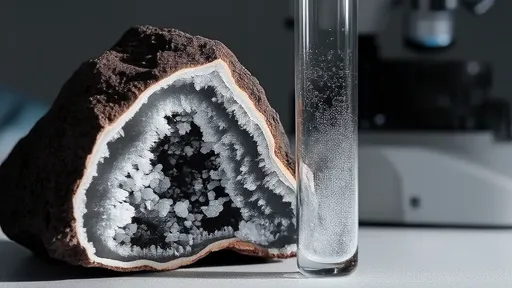
By /Jul 18, 2025

By /Jul 18, 2025

By /Jul 18, 2025

By /Jul 18, 2025
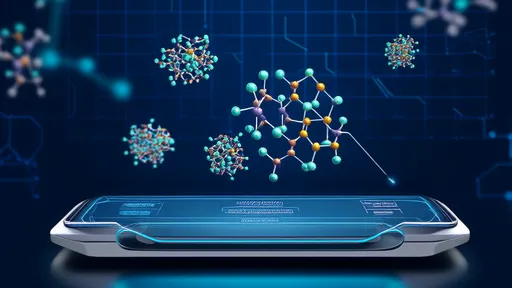
By /Jul 18, 2025
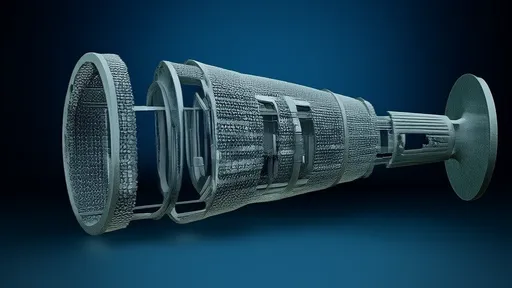
By /Jul 18, 2025

By /Jul 18, 2025

By /Jul 18, 2025
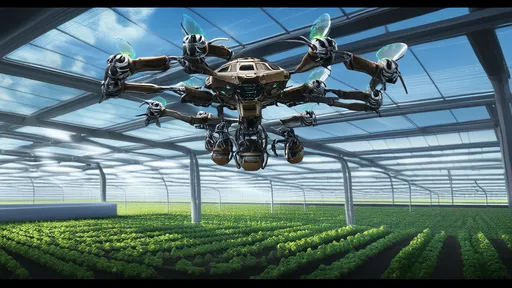
By /Jul 18, 2025
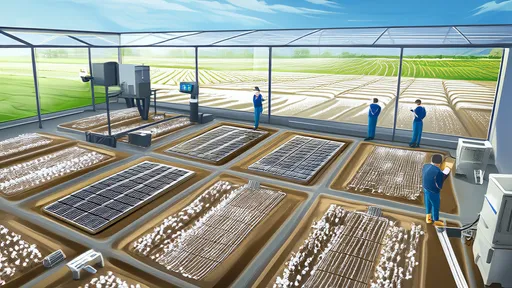
By /Jul 18, 2025
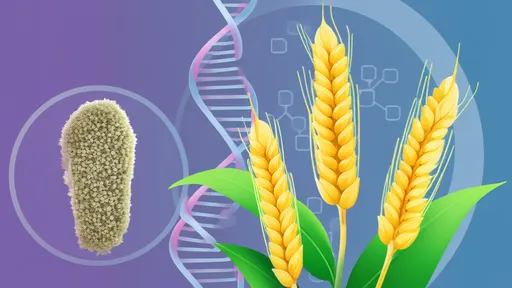
By /Jul 18, 2025
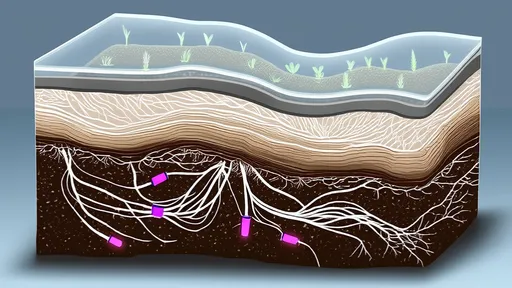
By /Jul 18, 2025

By /Jul 18, 2025

By /Jul 18, 2025

By /Jul 18, 2025

By /Jul 18, 2025

By /Jul 18, 2025
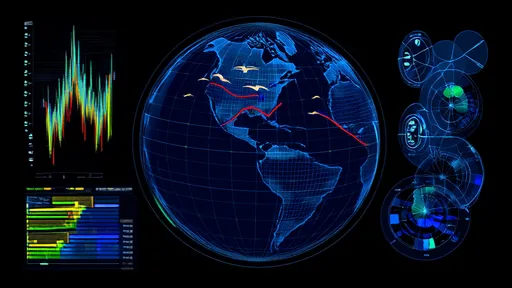
By /Jul 18, 2025